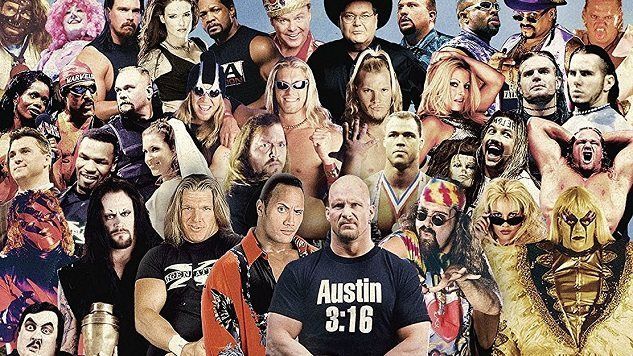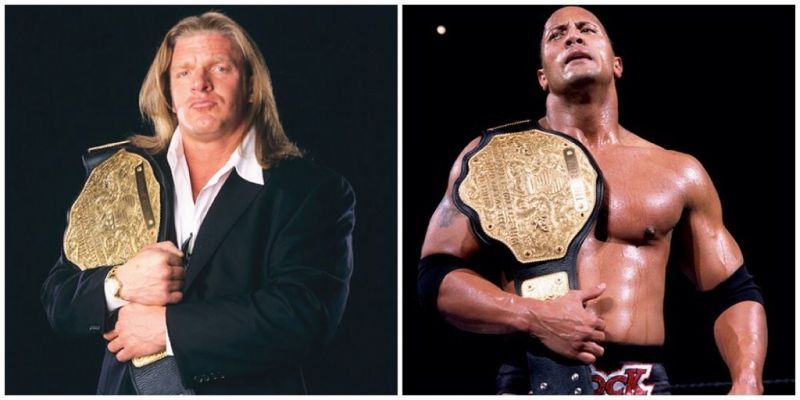
5 Reasons WWE's Attitude Era was overrated

If there's one refrain that can be heard time and time again in the world of sports entertainment fandom, it's this: The Attitude Era was the best time in WWE ever—full period stop.
The Attitude Era is that period from the late 1990s until the early 2000s when WWE experimented with 'edgy' content. During this period, it was found that one of the most desirable audience demographics in North America was males age thirteen to thirty-six. This group was more likely to spend money on entertainment than any other demographic.
WWE decided to program their content to meet the demands of this most discerning group. Gone were the bright colors and larger than life characters of the Classic and New Generation era. They were replaced with more 'realistic' depictions of wrestlers, who often went by either their real names or shortened 'cool' variations on their previous identities. Think Hunter Hurst Helmsley being called Triple H for the first time, and Steve Austin using his real name rather than The Ringmaster gimmick he was brought into the company with.
The content got more violent, with hardcore and no disqualification matches galore. There was also a quiet elimination of a pro wrestling staple, the rule that no wrestler could strike using a closed fist. Lastly, sexually explicit content was presented, with scantily clad women taking up air time.
Many fans look back on the Attitude Era as the greatest time to be a wrestling fan. But was it really? Here are five reasons why the Attitude Era is overrated.
#1 There were only a few main event talents presented

During the Attitude Era, many of the main events involved the same handful of wrestlers time and time again. Triple H, Stone Cold Steve Austin, The Rock and Undertaker were featured in the main events of Raw and pay-per-views over and over again. Mick Foley would be added in from time to time but his tenure in the main event scene never seemed to last very long.
While these men were, and in some cases are, all fine wrestlers and great entertainers, that doesn't change the fact that there was a glass ceiling in WWE during this period. This is what led many otherwise famous talents such as Ken Shamrock to leave the company because they figured they weren't going to be added to the main event mix.